Museum of the Cherokee People announces “sov·er·eign·ty: Expressions in Sovereignty of the Eastern Band of Cherokee Indians” opening March 15, 2024
Press Announcement
CHEROKEE, NC: The Museum of the Cherokee People is pleased to announce the opening of sov·er·eign·ty: Expressions in Sovereignty of the Eastern Band of Cherokee Indians, an exhibition that illuminates the complexities of tribal sovereignty and the Eastern Band of Cherokee Indians’ continuing legacy of resilience. Featuring objects sourced from the Museum of the Cherokee People’s own collections, sov·er·eign·ty is designed to educate visitors about the Eastern Band of Cherokee Indians’ autonomy, its relationship with the federal government, and how the tribe has defined its own relationship with its land, people, and culture.
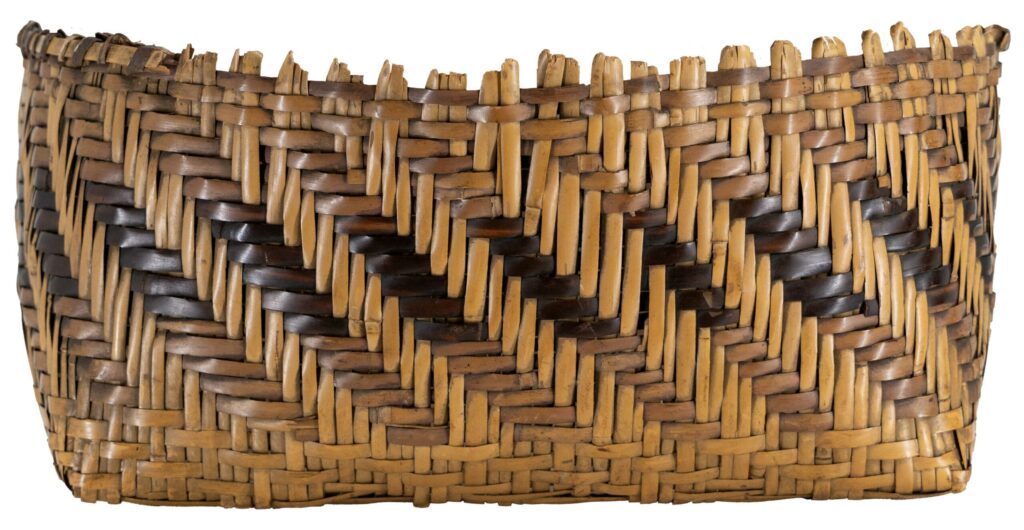
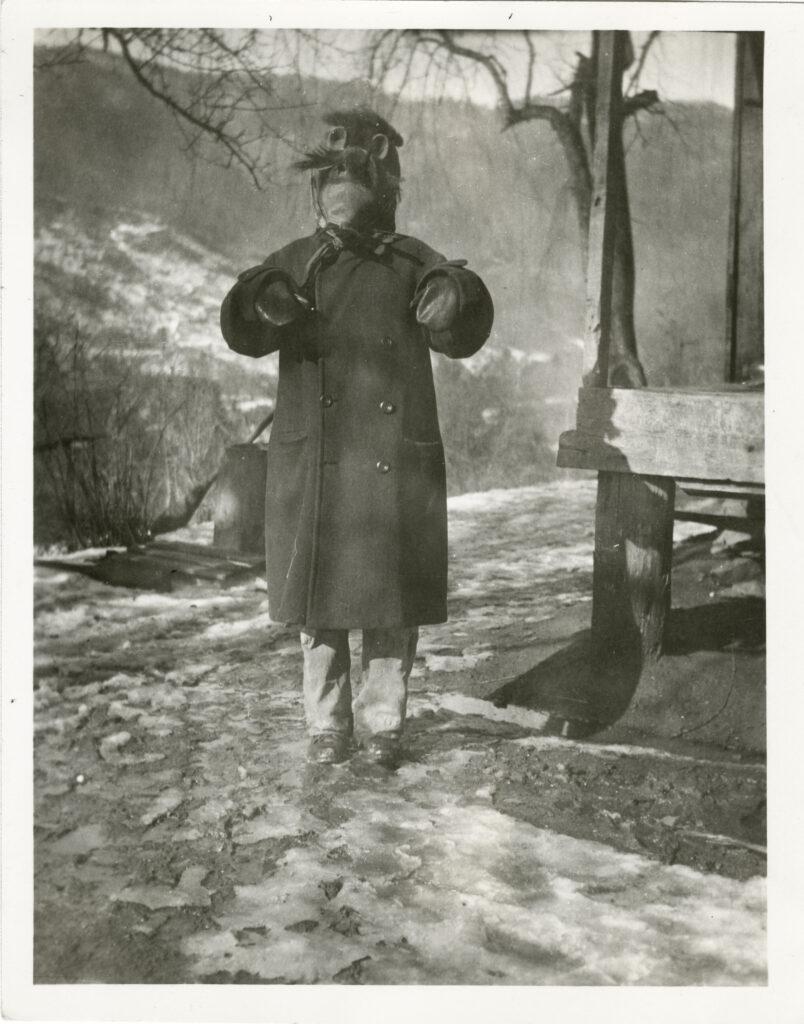
The Museum of the Cherokee People is the tribal museum of the Eastern Band of Cherokee Indians (EBCI), one of three federally recognized Cherokee tribes alongside the Cherokee Nation and the United Keetowah Band of Cherokee Indians. The EBCI is a self-governed, autonomous nation with over 16,000 enrolled members living around the world—it has its own laws, elections, and government and is the only federally recognized Tribal Nation within the boundaries of what is currently known as North Carolina. In this exhibition, visitors will learn how, through adaptability and innovation, the EBCI has combated attempts to eradicate, remove, and assimilate its people and remained on the Qualla Boundary—57,000 acres (0.00067661% of the original Cherokee territory), which is owned by the EBCI and held in trust by the federal government.
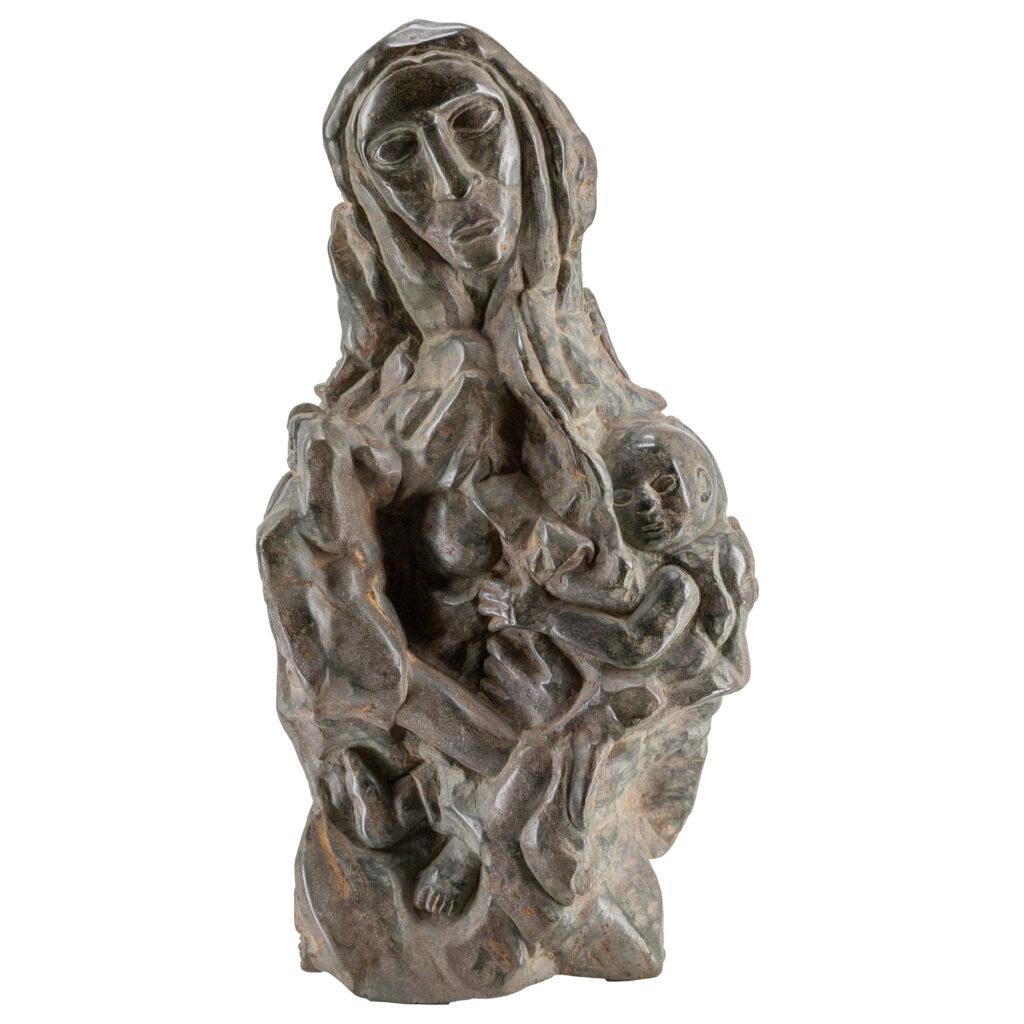
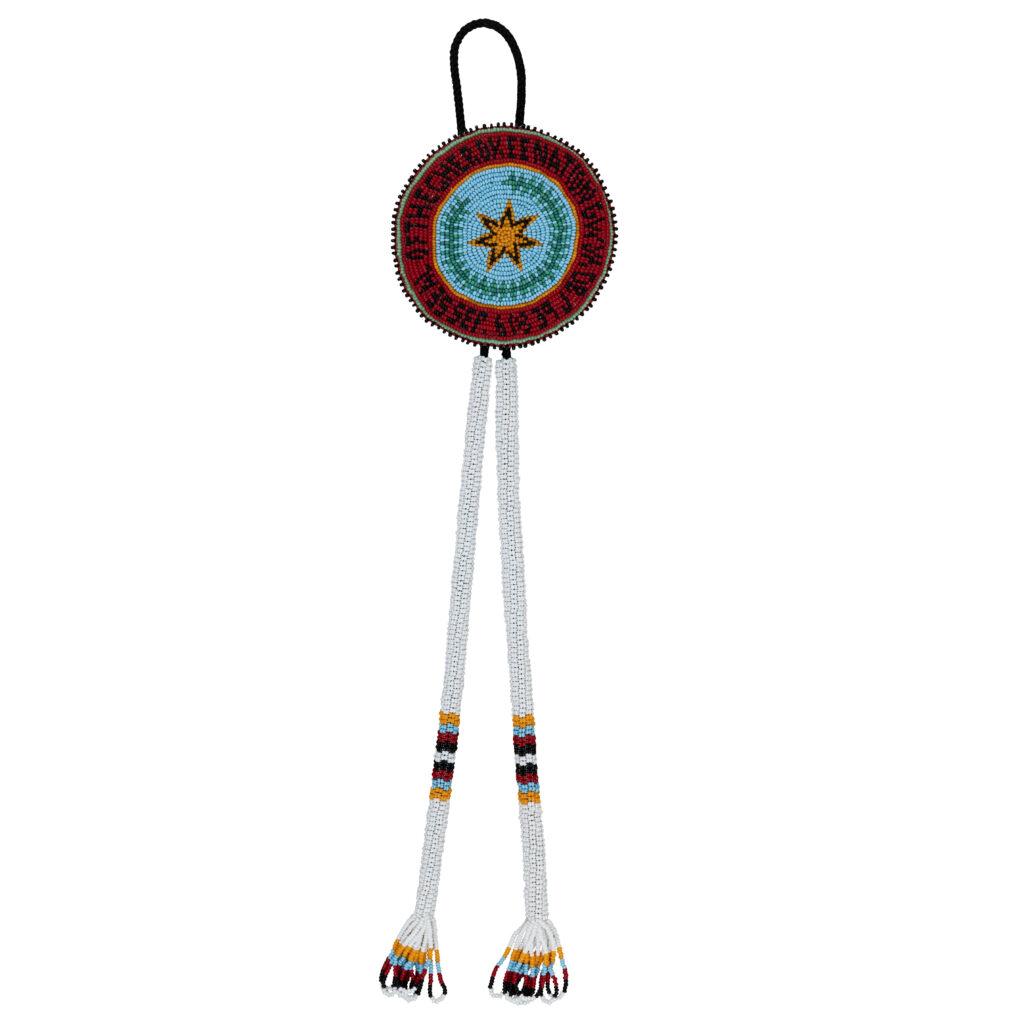
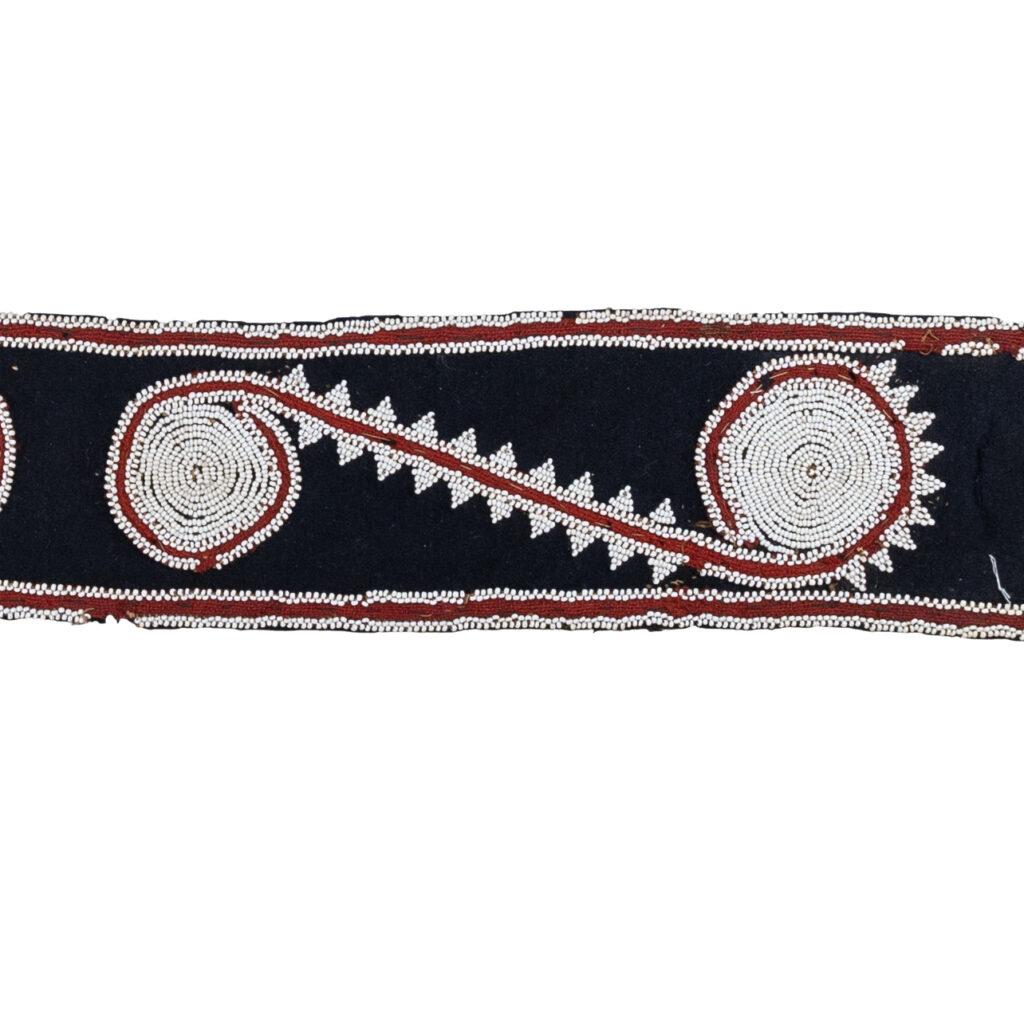
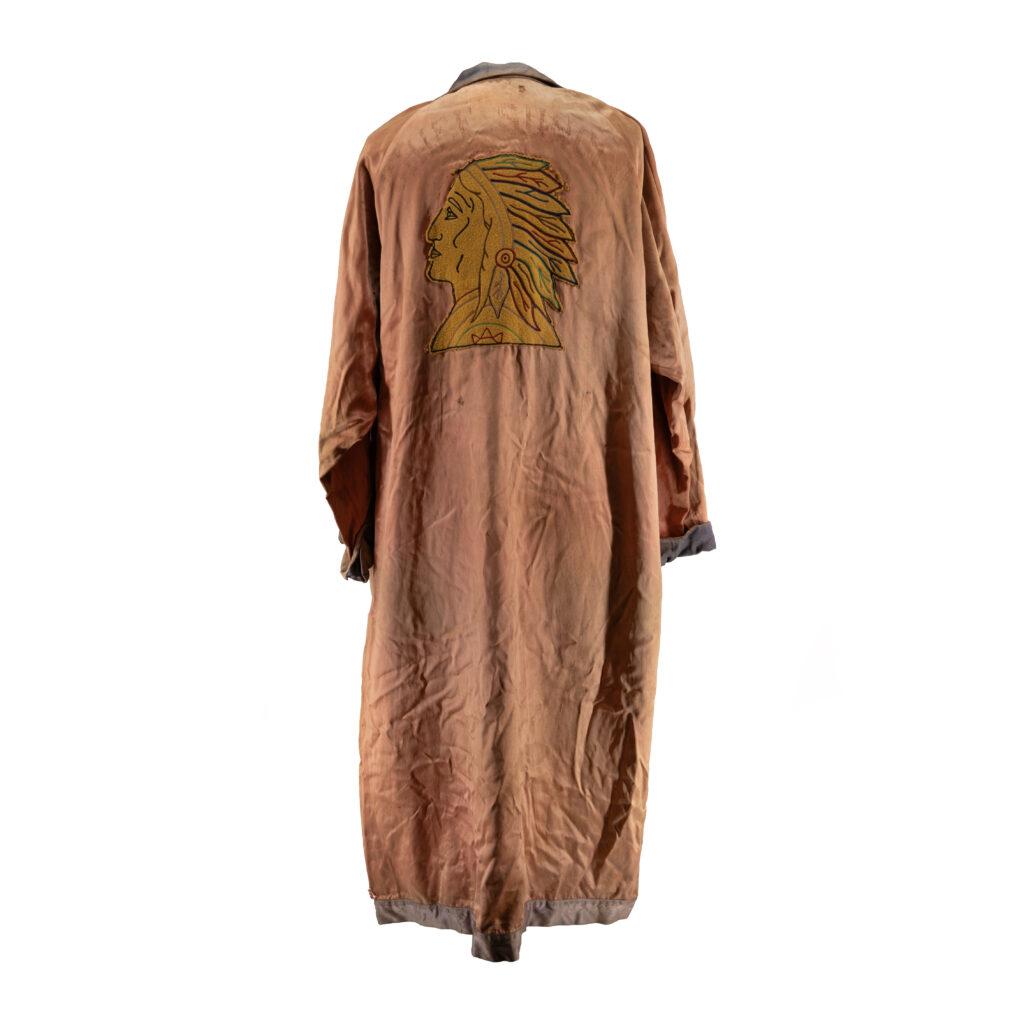
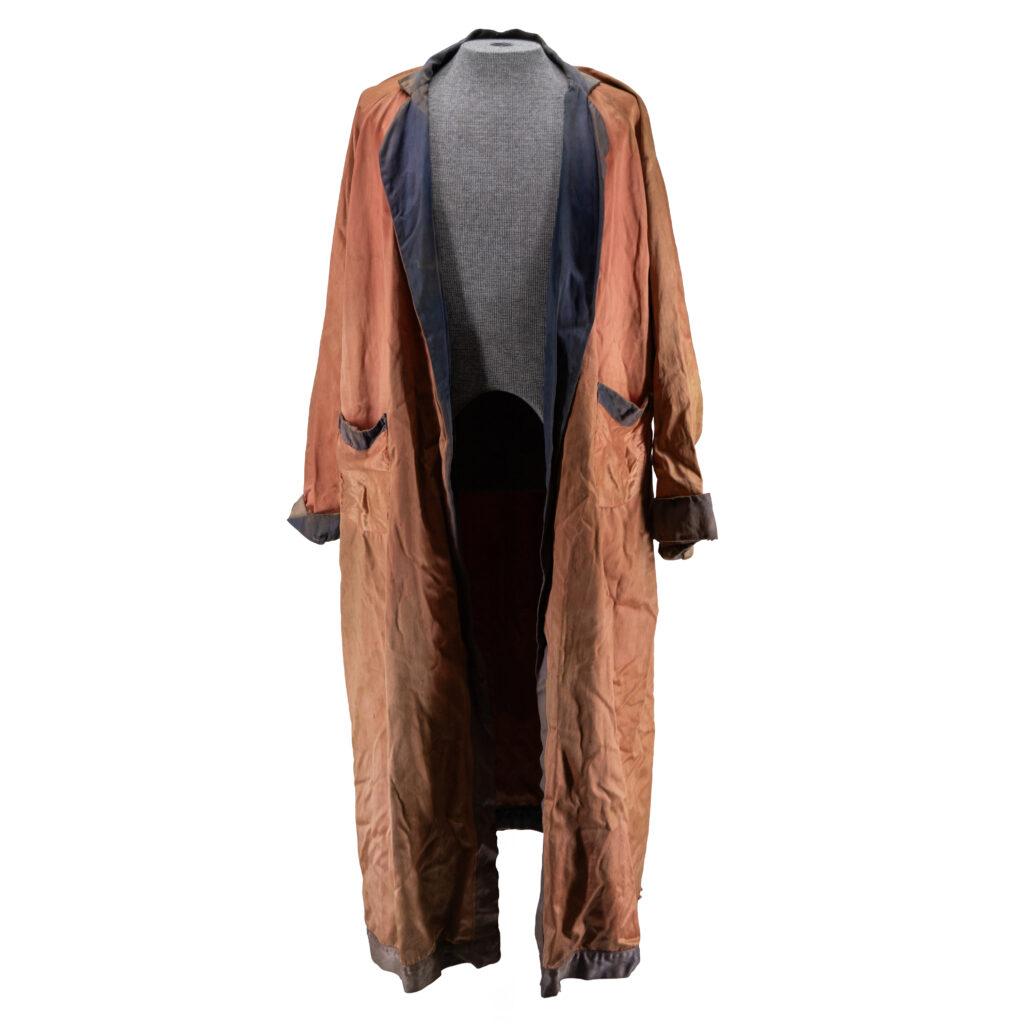
“This exhibit will utilize a diverse range of objects and archival materials—some of which are new acquisitions that have never been exhibited at the Museum before—to tell the complex story of how the Eastern Band of Cherokee Indians came to exist as a unique political government,” says Director of Collections and Exhibitions Evan Mathis. “It will interpret the unique ways that the Eastern Band has flexed its tribal sovereignty as a federally recognized nation over the years. We’re excited to make these objects and archival materials accessible to the public and look forward to telling this story in a way we hope makes our EBCI community proud.”
In addition to learning about the establishment and evolution of the EBCI’s tribal government, its enrollment criteria, and ongoing relationship with the federal government, visitors will learn how Cherokee, North Carolina, became a tourist destination through the EBCI’s strategic negotiation during the establishment of the Great Smoky Mountains National Park.
“sov·er·eign·ty signals a new approach to sharing Cherokee history for us here at the Museum of the Cherokee People,” says Dakota Brown (Eastern Band of Cherokee Indians), co-curator and MotCP Director of Education. “Rather than the mainstream museum practice of using a chronological timeline to tell our story, we’ve taken a theme-based approach, an interpretive strategy we plan to use in future exhibitions. In researching sov·er·eign·ty, I have learned so much about the innovation and adaptability of our Eastern Band of Cherokee Indian ancestors. I hope our community and visitors feel as uplifted and inspired as I do.”
sov·er·eign·ty is on view from March 15, 2024, through February 28, 2025, at the Museum of the Cherokee People’s public facility in the heart of Cherokee’s Cultural District. The exhibition was curated by the Museum of the Cherokee People’s Director of Education, Dakota Brown (Eastern Band of Cherokee Indians), and Director of Collections and Exhibitions, Evan Mathis. Admission is included in general admission to the Museum.
The Museum of the Cherokee People’s main exhibition is currently closed to the public as the organization prepares for a multiyear renovation project. Its temporary exhibit space, home to sov·er·eign·ty, along with the Charles George Beloved Veterans Hall and lobby, all currently undergoing updates of their own, will reopen to the public on March 15. The Museum Store is open from 9am-5pm daily. Tickets can be purchased at motcp.org.
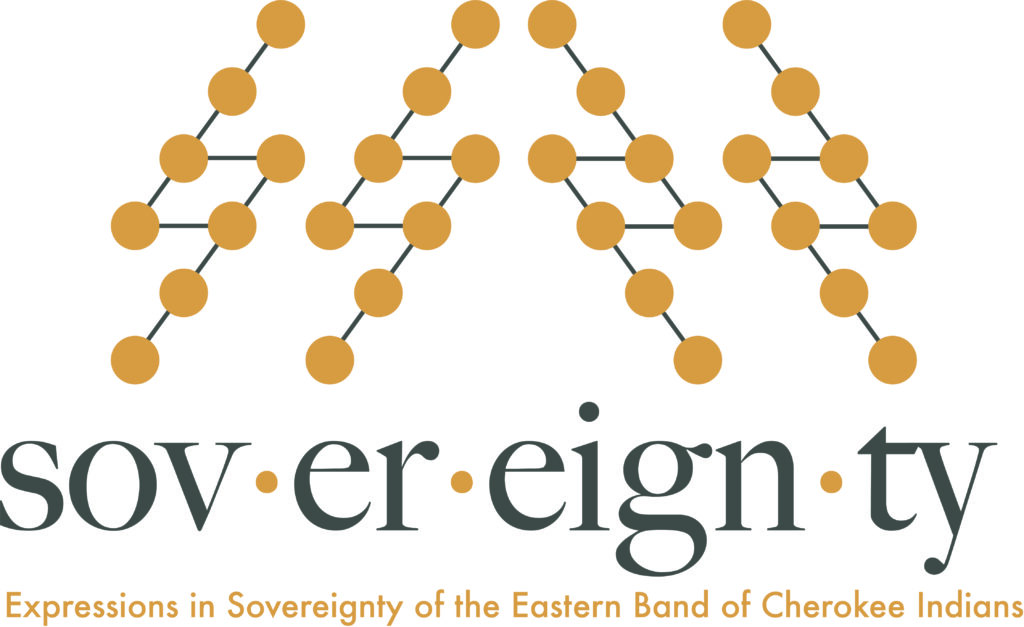
About the Museum of the Cherokee People
A 501(c)(3) nonprofit organization established in 1948, the Museum of the Cherokee People is one of the longest-operating tribal museums in the country. Located in Cherokee, North Carolina, on the Qualla Boundary, the sovereign land of the Eastern Band of Cherokee Indians and ancestral homelands of all Cherokees, the Museum shares the history, culture, and stories of the Cherokee people through its exhibitions, collections, and programs. Learn more at MotCP.org.
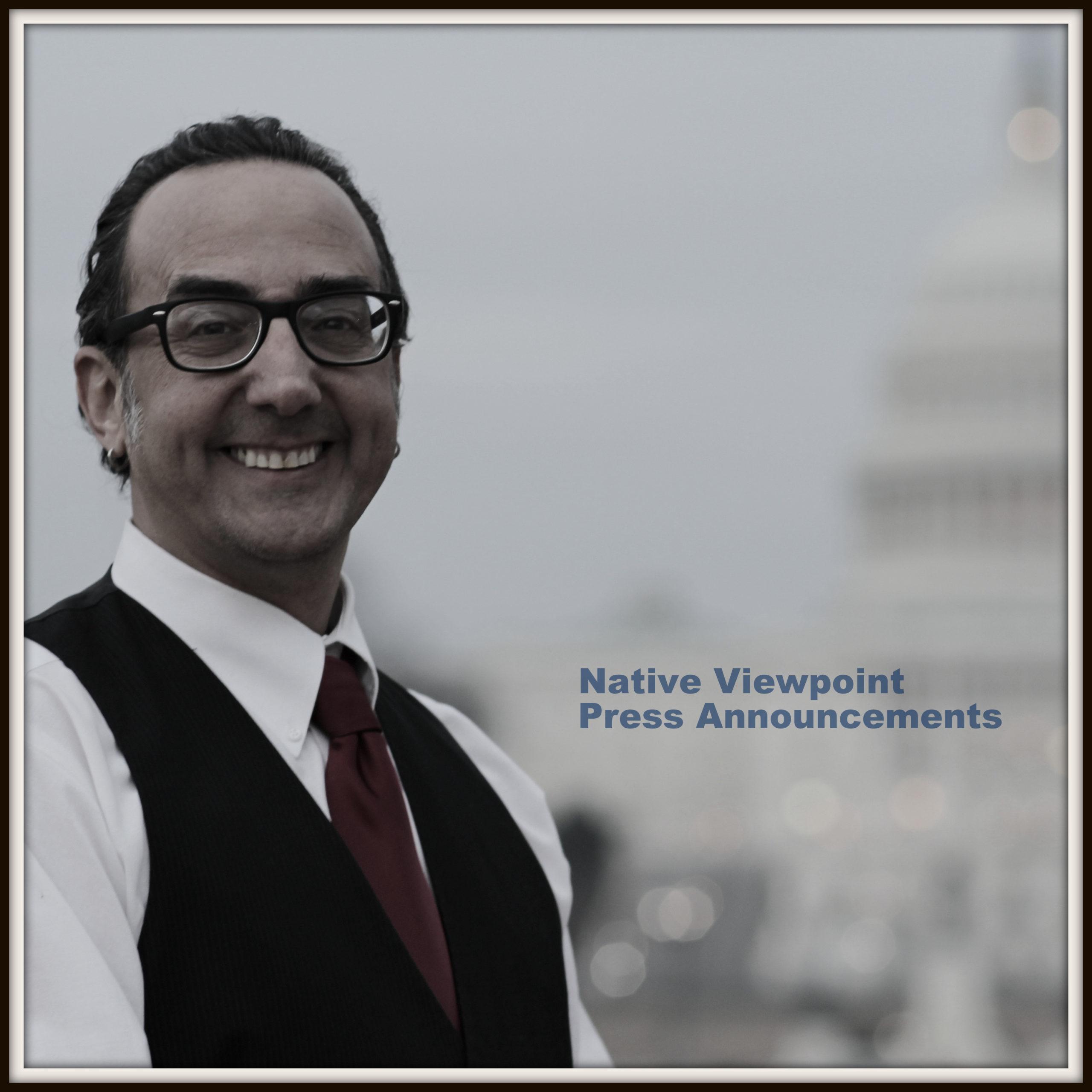
Posts from the Native Viewpoint Editorial Team include news releases, surveys, general news topics and more.
Support Native Viewpoint a Native multimedia website, by clicking here.